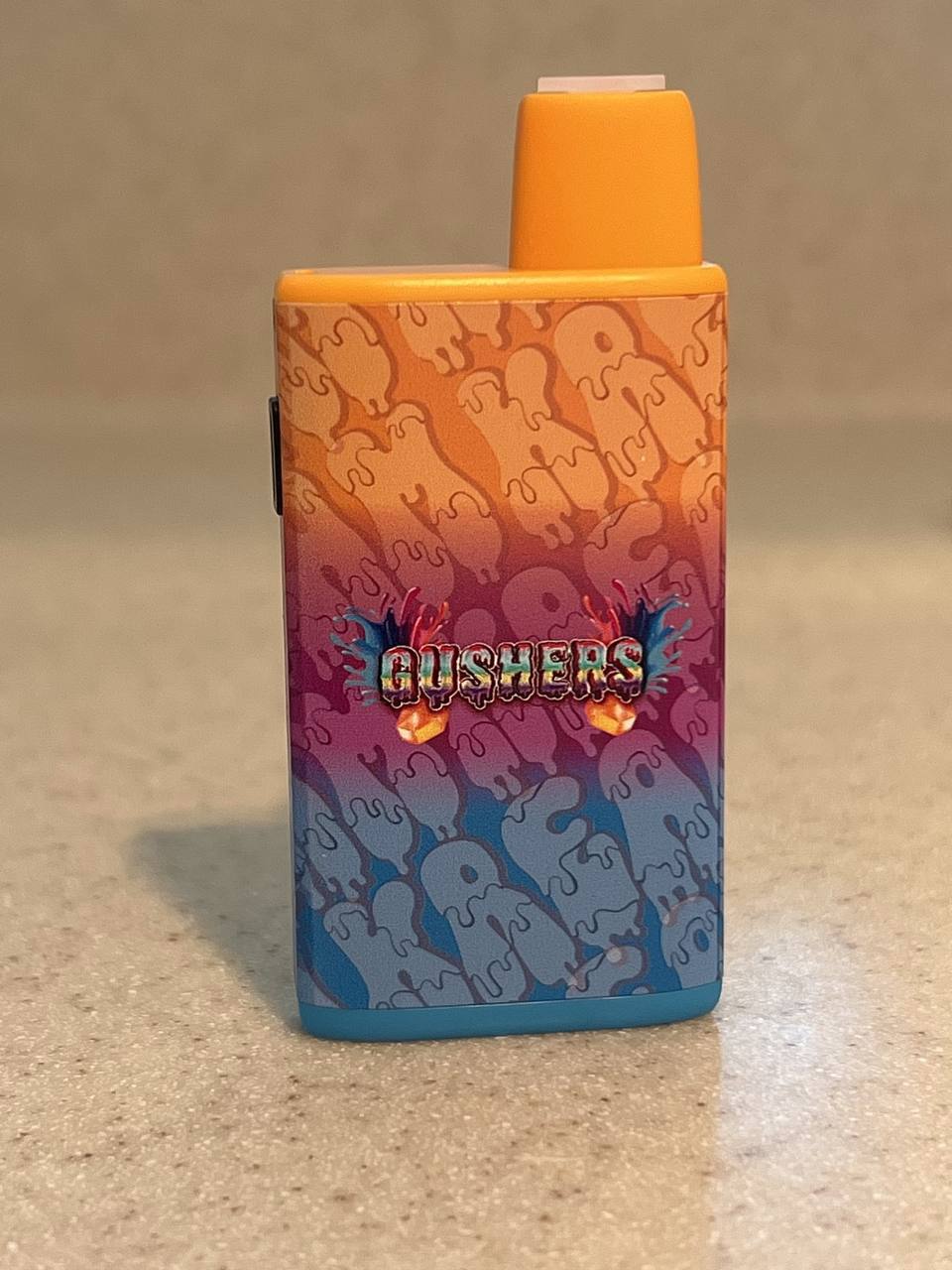Kream Disposable Vape: Check Out the most recent Technologies in Disposable Vaping Gadgets
Kream Disposable Vape: Check Out the most recent Technologies in Disposable Vaping Gadgets
Blog Article
Checking Out the Ecological Effect of Disposable Vape Pens: What You Required to Know
In the realm of non reusable vape pens, a better examination of their ecological impact discloses a complex internet of interconnected elements that necessitate our interest. From the production processes and products utilized to their ultimate disposal and effect on air top quality, the ramifications of these seemingly practical tools prolong much beyond their prompt use. Comprehending the complete range of their ecological footprint is critical for making informed choices about our usage habits and the prospective alternatives offered.
Production Processes and Materials
Non reusable vape pens are generally produced making use of a variety of products and procedures that can have significant environmental effects. The main elements of non reusable vape pens consist of a battery, burner, e-liquid storage tank, and a mouth piece. The battery is typically constructed from lithium, a non-renewable resource that needs considerable power to extract and procedure. The e-liquid storage tank is typically made from plastic, contributing to the ecological burden because of its non-biodegradable nature. The home heating component, usually made of metal alloys, likewise adds to the ecological influence through the extraction and processing of resources.
Moreover, the manufacturing procedures associated with generating non reusable vape pens can better aggravate their ecological impact. Making use of plastics, metals, and chemicals in the production process results in greenhouse gas emissions, energy intake, and waste generation. In addition, the transport of basic materials and finished products includes to the total carbon impact of non reusable vape pens. Considering these factors, it is essential for makers and customers to be mindful of the ecological effects related to the production and use of non reusable vape pens.
Energy Intake in Manufacturing
Throughout the manufacturing process of non reusable vape pens, the power intake involved plays a considerable function in identifying their total environmental impact. The production of disposable vape pens needs power for various stages, including extraction and processing of raw materials, producing elements like batteries and home heating components, setting up, packaging, and transportation.
To address the environmental implications of power intake in manufacturing, suppliers can take on extra lasting methods. This can consist of using renewable resource sources for producing procedures, optimizing production processes to decrease power waste, and executing energy-efficient technologies. By prioritizing energy efficiency and sustainability in manufacturing, the ecological impact of disposable vape pens can be minimized, contributing to a greener and more liable vaping sector.
Disposal and Waste Administration

Non reusable vape pens consist of components such as batteries, digital circuits, and plastic cases that can be damaging if not taken care of properly (kream disposable). The lithium-ion batteries in vape pens, for example, posture a considerable risk if they wind up in landfills, as they can leakage hazardous materials into the dirt and supply of water
To resolve this problem, customers ought to be enlightened on the appropriate disposal approaches for vape pens. Recycling programs especially developed for digital waste should be advertised to urge individuals to reuse their disposable vape pens properly. In addition, producers need to think about applying take-back programs to facilitate the risk-free disposal and recycling of these tools. By improving disposal methods and waste monitoring techniques, the ecological influence of disposable vape pens can be substantially lowered.
Effect On Air Top Quality
The presence of disposable vape pens adds to the deterioration of air high quality in metropolitan settings where their use prevails. When individuals use disposable vape pens, they release hazardous compounds into the air. These gadgets release unstable natural compounds (VOCs) like acetaldehyde, acrolein, and formaldehyde, in addition to ultrafine bits that can penetrate deep into the lungs. These emissions can respond with various other contaminants in the environment, forming second contaminants that position risks to human health and the environment. kream disposable.
In addition, the disposal of vape pen batteries, which usually consist of heavy steels like nickel, lithium, and cobalt, can lead to air contamination otherwise taken care of correctly. Inappropriate disposal methods, such as incineration or landfilling, can release these toxic steels into the air, adding to air contamination and possibly creating damage to human health and wellness.
To minimize the effect of non reusable vape pens on air quality, advertising recognition about correct disposal methods, motivating reusing programs for vape pens and batteries, and educating individuals concerning the environmental repercussions of these gadgets are essential action in lowering their environmental footprint.
Alternatives and Lasting Selections
In light of the environmental effect postured by disposable vape pens, checking out options and lasting selections is important for minimizing eco-friendly harm. One sustainable choice is to change to refillable vape pens that enable customers to reenergize the device with e-liquid, considerably decreasing the amount of waste produced. These refillable pens usually have much longer life-spans, leading to fewer devices ending up in landfills. Additionally, choosing vape pens made from recyclable materials can even more reduce the ecological impact. Suppliers are significantly supplying eco-friendly alternatives, such as pens created from recycled steels or eco-friendly plastics.
In addition, some business have actually started applying take-back programs for used vape pens, where they accumulate and recycle the tools properly. Urging responsible disposal methods amongst consumers can additionally add to reducing click site the ecological impact connected with vape pens.
Verdict
To conclude, the ecological influence of disposable vape pens is considerable, with adverse effects on air high quality, power consumption in production, and waste administration. It is critical for consumers to think about the sustainability of their selections and choose alternatives that have a lower ecological impact. By making educated decisions and look at here now supporting sustainable methods, people can add to reducing the environmental damage created by non reusable vape pens.

Effective disposal and reliable waste management are important facets to consider when assessing the ecological effect of non reusable vape pens. By boosting disposal techniques and waste management techniques, the environmental impact of disposable vape pens can be considerably minimized.
In final thought, the ecological influence of non reusable vape pens is substantial, with negative impacts on air read what he said high quality, energy intake in manufacturing, and waste monitoring.
Report this page